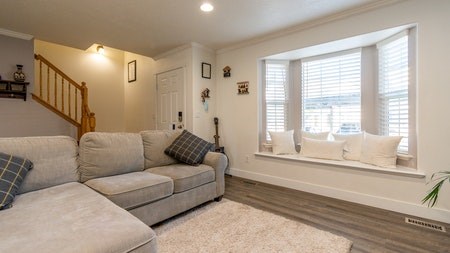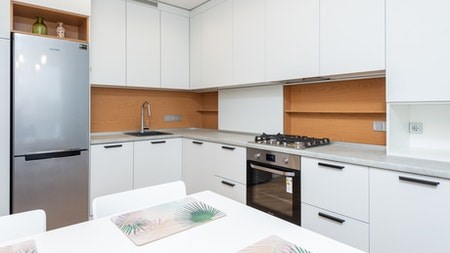Most people just skim through insurance proposal forms instead of carefully reading them to make sure they are, in fact, insured as they need to be.
Your proposal form should list your insurers’ minimum security requirements, so it’s essential to read through the entire document carefully to see if the security arrangements in your home actually comply.
Keep in mind that insurers rely on the information you provide about your security measures in the proposal forms to rate the risk and calculate your premiums. Therefore, if you don’t understand your security obligations, you should ask your broker to explain the contents of the policy documents.
Requirements
The security requirements for most insurers include some or all of the following:
- Burglar bars fitted on all opening and louvre-type windows.
- Security gates on all sliding doors. Alternatively, these doors need to have a second lock, such as a key-operated locking bolt or a locking pin, fitted at 90 degrees to the existing door lock.
- An alarm system linked to a 24 hours control room with an armed response unit.
- Security gates installed in front of all opening external doors.
Information
Insurers make decisions on premiums based on their assessment of the risk involved, and this depends on the information you provide. Some insurers may be willing to relax certain security requirements if they consider others to compensate for them. For example, if your home is in a walled complex with 24 hours security guards, you may not be required to have burglar bars on your windows.
To ensure your policy meets your requirements at the most favourable premiums, you need to give the insurer as much detail as possible. This applies as long as the policy lasts. If any of your security arrangements change in future, you must immediately advise your insurer because any changes will affect the terms of your cover.
For example, if construction is being carried out in your complex, you need to let your insurer know about the additional risk. The insurer will decide whether or not to alter the terms or increase your premiums according to the changed nature of the risk.
Be sure to keep copies of your proposal forms so you can periodically check what has changed and identify what new information should be disclosed. If you don’t inform your insurer of even temporary changes that could affect your risk profile, you risk having your claims rejected.
Obligations
You are responsible for ensuring that your home meets the insurer’s security requirements, or you risk having your claims rejected.
For example, suppose an alarm is part of your home’s security; you are responsible for ensuring that it is kept in proper working order and is armed whenever the premises are left unoccupied or unattended.
If you forget to activate the alarm or leave your home in the care of someone who doesn’t know how to operate it, you may have difficulty claiming in the event of a burglary. However, your insurer is likely to accept your claim if a signal fails to go through to the armed response company, but you can prove that the alarm was armed.
Proof of activation is usually stored in your alarm keypad. If your keypad can’t produce an activation report, you should get your security firm to install one with this feature.
Most policies specify that you must have burglar bars on all opening windows, so if any of your opening windows is unprotected, you will have difficulty claiming in the event of a burglary.
The bottom line is that taking all the steps required to ensure that your home complies with your insurer’s security requirements is the best way to avoid disappointment when you need to make a claim.
Writer : Sarah-Jane Meyer




